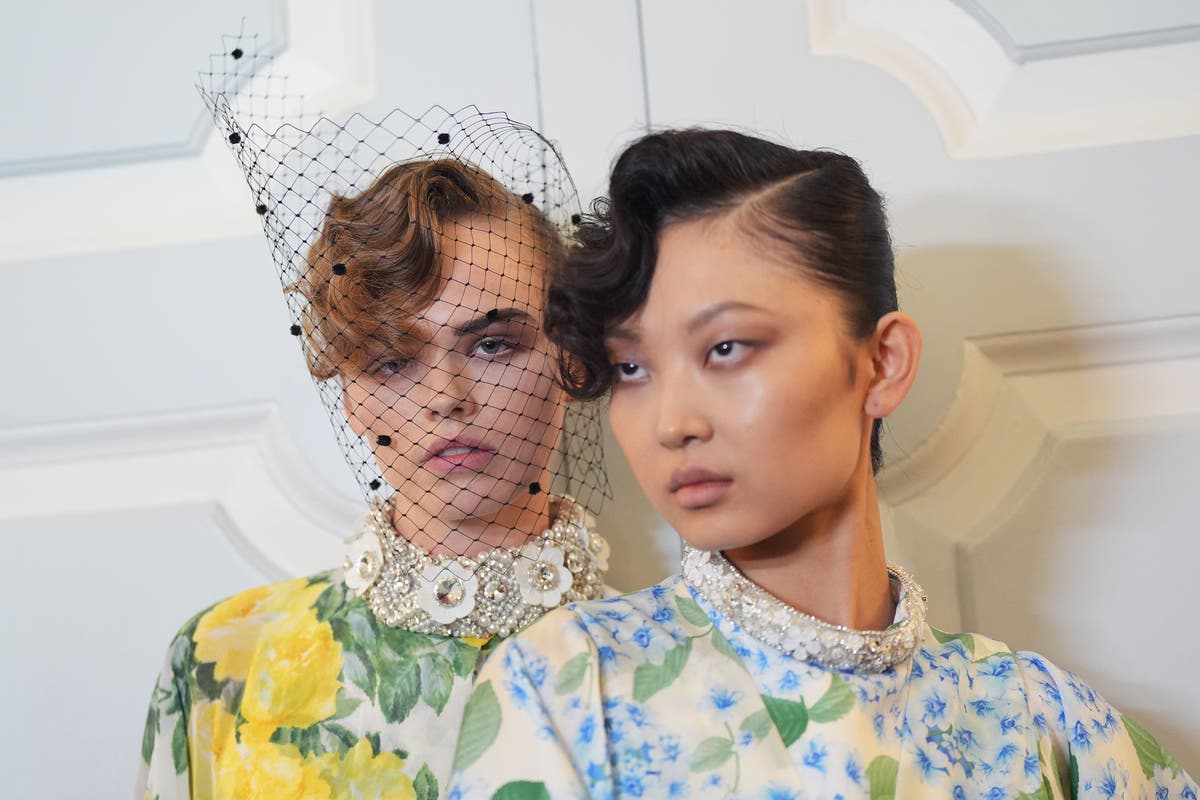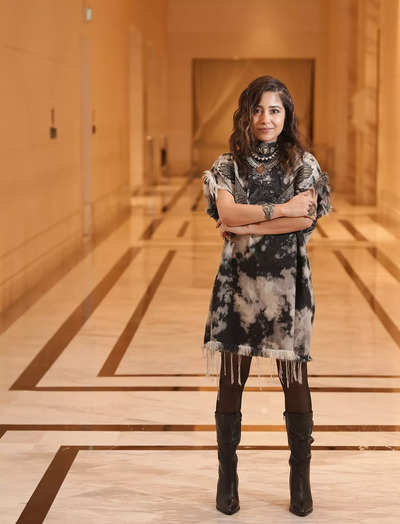Charleston has been growing by leaps and bounds in the last couple of decades. New construction has rattled windows all over the place: in-fill in residential areas; large homes that replace older, smaller ones; big hotels and bigger apartment blocks; and large, glassy office buildings. Soon, 65 acres of warehouses and open space facing Charleston Harbor — a site called Union Pier — will be converted into a multi-use development.
As the city expands, the historic district, confined as it is to a portion of the lower peninsula, becomes increasingly valuable for its colonial charm, cultural offerings, historical importance and interesting buildings. The French Huguenot Church, 136 Church St. A passage through the wealthy neighborhood south of Broad Street is a must for any visitor, who is likely to appreciate the grand facades and lush gardens, ornate ironwork and narrow alleys.

Walk along the eastern part of Broad Street itself and you’ll think you are in 18th century England. The cobblestoned French Quarter it notable for its colonial charm, row houses and views of the harbor. Walk up Church Street to admire two remarkable old churches: The pink French Huguenot Church, with its bright interior and ribbed ceiling, and the grand St.
Philip’s Church, with its white pews, ionic columns and towering steeple. Strolling through this part of town you will notice a certain architectural style called a “single house.” Typically, these are modest two-floored abodes that originate in Barbados.
They are turned sideways so the front of the house, with its piazzas (long porches), faces south and the side of the house faces the street. This is purposeful: the idea is to tuck most of the structure into the garden to take advantage of the shade and to allow the sea breeze to waft through the large open rooms of the house. (This is “green architecture” before it became a thing.
) The oldest church building in town is the white-steepled St. Michael’s Church, at the corner of Broad and Meeting streets — the Four Corners of Law. (St.
Philip’s boasts the oldest congregation, since it relocated from St. Michael’s in the early 1700s.) That steeple is listing about 10 degrees because of the big 1886 earthquake that caused massive damage in downtown Charleston.
The Pink House at 17 Chalmers St., built around 1712, was once the meeting place of the Piping and Marching Society of Lower Chalmers Street. You might notice what appear to be round metal ornaments on the sides of some buildings.
Those are the end brackets of earthquake beams that run through the structure to keep it from collapsing should Charleston experience another significant seismic event. Chalmers Street is one of the few still cobblestoned streets. Those street stones once were used as ship ballast.
At 17 Chalmers St., you’ll find the Pink House, perhaps the oldest surviving tavern building in the city. (Today, it’s a gallery.
) Nearby is the Beaux-Arts Gibbes Museum of Art on Meeting Street, a beautiful structure inside and out. Another Beaux-Arts building is the Charleston Library Society on King Street. The main building isn’t among the city’s oldest, but the organization is.
For a glimpse of the early city, go to the basement of the Old Exchange Building to view a portion of the Half-Moon Battery, once part of the old city wall . This part of the battery extended along what was then the waterfront. In the centuries since, landfill has enlarged the acreage of the lower peninsula by about 40 percent, and the waterfront now lies a couple of blocks eastward.
Go there and, at low tide just beyond Waterfront Park, you’ll see what’s left of the old pilings of the wharfs where sailing cargo vessels used in the transatlantic trade of rice, tobacco, cotton and enslaved people once docked. Notable architecture isn’t limited to buildings. Visit the International African American Museum and experience the grounds designed by famed landscape architect Walter Hood .
Or drive out to Drayton Hall, Magnolia Plantation and Gardens or Middleton Place — all situated along the Ashley River — and marvel at the sculpted terrain. Hampton Park on the peninsula was designed by Olmsted, Olmsted & Elliot, the Boston-based landscaping firm co-founded by Frederick Law Olmsted, who created New York City’s Central Park. Walter Hood, the landscape architect for the International African American Museum, designed the African Ancestors Memorial Garden filled with South African ferns, Queen Anne lilies and Bermuda grass in Charleston, pictured on May 23, 2023.
Perhaps the easiest way to appreciate the architecture of Charleston is to visit the various house museums. Drayton Hall’s main house is an example of the Palladian style. The Nathaniel Russell House downtown, operated by Historic Charleston Foundation, is a fine example of what good preservation work can accomplish.
The Edmondston-Alston House on East Battery once was the summer home of the Middleton family. The Heyward-Washington House was built in 1772. Thomas Heyward Jr.
was a signer of the Declaration of Independence. He hosted George Washington during the president’s 1791 tour of the South. The Joseph Manigault House and the Aiken-Rhett House are two more museums you can visit, replete with old furniture, artifacts, silver collections and more.
Moving Star Praise House on Johns Island. Sometimes the most interesting structure is the simplest. Ponder the slave cabins at McLeod Plantation or Magnolia Plantation.
Check out one of the last remaining praise houses on River Road on Johns Island. These are very small one-room buildings, remnants of a tragic and remarkable period of our history. They are imbued with a life spirit at once joyful and mournful.
Joyful because of the courage, faith and persistence they symbolize. Sad because of the exploitation, dehumanization and marginalization they suggest. Most everywhere you turn in the Lowcountry is a historic property boasting interesting architecture, whether utilitarian or ornamental.
And that architecture tells us much about those who made it and the people who inhabited these spaces..



















